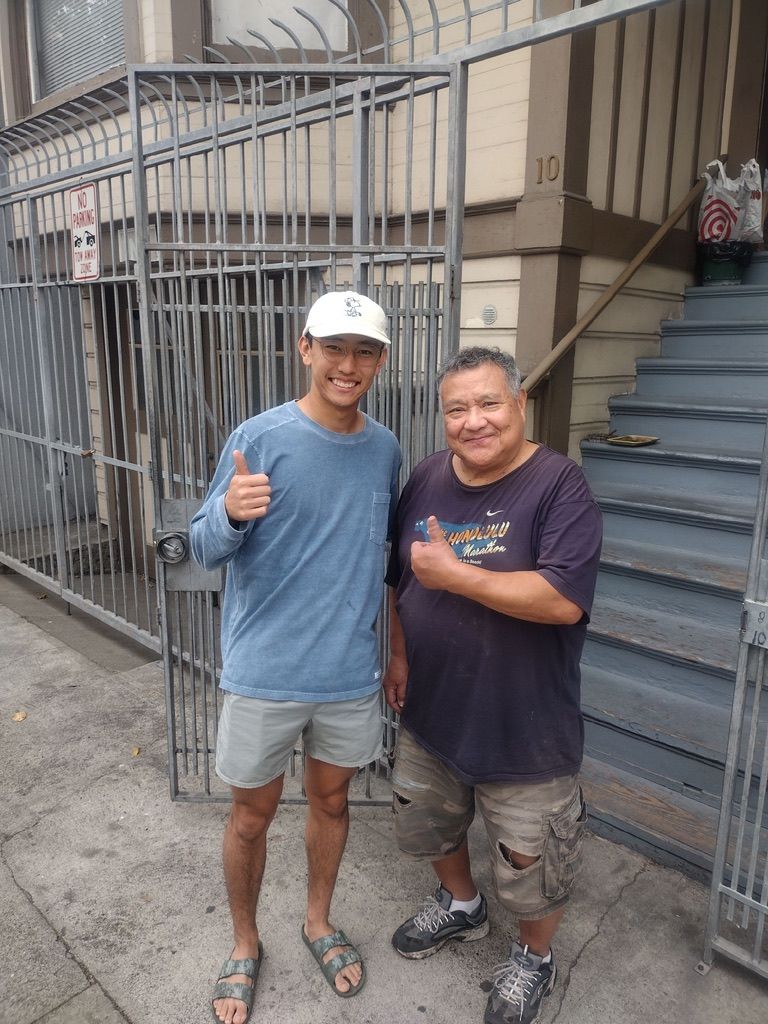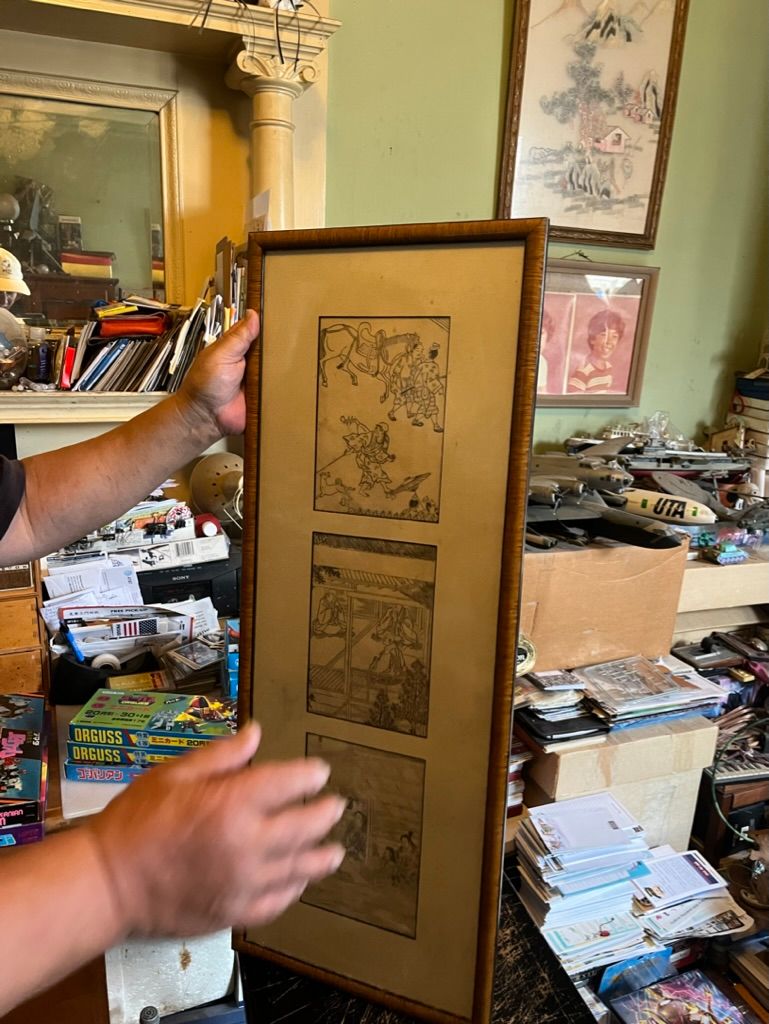
Today, I watched a YouTube video that popped up on my feed titled, San Francisco - What's It Really Like Now? 🇺🇸. The video is an interview-based narrative exploring how San Francisco has changed and its current state. The vlogger walked through and showcased different neighborhoods - specifically the Tenderloin, Downtown, Sunset, Pacific Heights, and West Portal. It was both fun and thought-provoking to watch, as I recognized many of the neighborhoods and pondered the same things that were mentioned in the video.
The TL;DR of the video is:
- San Francisco faced a major decline after COVID, with rising homelessness, drug use, and skyrocketing housing prices. However, it seems to be on a path toward recovery and improvement
- The city's cultural fabric has weakened, partly due to the pandemic and more recently with the tech industry's growing presence
- Despite its challenges, San Francisco remains an incredible place to be
One of the final interviews, with a 68-year-old lifelong resident, really stuck with me. He shared memories of a city once defined by its close-knit neighborhoods. Although tough and vibrant, his community was resilient, bound by shared challenges. But now, he finds himself feeling isolated, surrounded by unfamiliar faces in a city that feels less like home.
This story made me reflect on the Asian American experience. Like my parents, who immigrated to the U.S., many Asian Americans are first-generation immigrants who've built homes here but often carry a feeling of having left something behind. The communities we find here, while supportive, often feel different from the kind of rooted community that old man described - a place where neighbors grow up together and stay through the years.
For Asian Americans, this is a unique challenge. We identify as American, yet we often look different. We long for belonging, but true community can be hard to find. When we do find it, it's often within other Asian American circles, with the city itself as more of a backdrop than a unifying force.
What I find interesting is that this sense of disconnection isn't limited to immigrant communities, it's part of a broader trend in cities today. In many ways, the challenge lies in the transient nature of urban populations, especially in cities like San Francisco. People often move here for work or lifestyle, but few put down roots long enough to build a lasting connection. It's almost as though the city has become a “pit stop,” where people pass through for a few years without fully investing in its culture or history. Without long-term residents to carry the city's memory forward, the continuity that once held communities together fades, making the city feel less like a shared home.
The globalization of cityscapes has added another layer to this phenomenon. With the spread of global brands, you could be in any city in the world and still see the same stores, the same coffee shops, and the same office buildings. This trend toward homogenization strips cities of their unique character, making them feel less like specific, meaningful places and more like parts of a larger, indistinguishable network. For residents, it's challenging to develop a real connection to a place that feels increasingly generic. Instead of the “ambient community” that urban life once provided, where you'd see the same familiar faces and feel a sense of belonging simply by walking down the street, there's now a sense of anonymity.
Older residents, like the man in the interview, are often the last links to a city's history and culture. They remember the struggles, the changes, and the resilience that shaped their communities. But as these residents pass on or move away, cities lose these living repositories of memory. Without these connections, it becomes even harder for newcomers to feel like they're part of something with depth or tradition.
For Asian Americans, and for anyone trying to create a home in a constantly shifting place, these factors make the search for belonging complex. We identify with a place, yet feel like outsiders. We crave a rooted, stable community, but find ourselves in cities where connections feel more fragile. All of this makes me appreciate the diversity and opportunity on the West Coast, but it also highlights how challenging it is to truly feel at home in an ever-evolving urban landscape.
I often feel a sense of guilt, knowing I've contributed to this issue firsthand. I, too, used San Francisco as a pit stop, drawing from its cultural richness without truly giving back. And as someone in tech, my job is literally about removing inefficiencies and creating seamless networks, an antithesis to all that's needed to build a authentic community.
I've had a glimpse of what true community can look like. When I lived in San Francisco, our neighbors Ed and Albert, who had been living on 18th and Mission for over 60 years, were always welcoming. They would invite us to their outdoor street barbecues and greet us every morning with a smile. One time, Ed even invited me into his home to help translate some old Japanese trading cards. In return, he gifted me a collection of 1700s Japanese paintings—simply because he learned I was Japanese and thought the pieces would be better suited for me than for him. It was a small gesture, but it reminded me of the kind of deep connection and generosity that forms a true community. I can only hope that one day I'll have the chance to settle down somewhere and make a meaningful contribution, investing the time and care needed to build a lasting sense of belonging.
If anything, I hope this post encourages us to think about how we can give back to the community we're a part of and to recognize the ways we can all contribute to the places we call home.
Thanks for reading!


